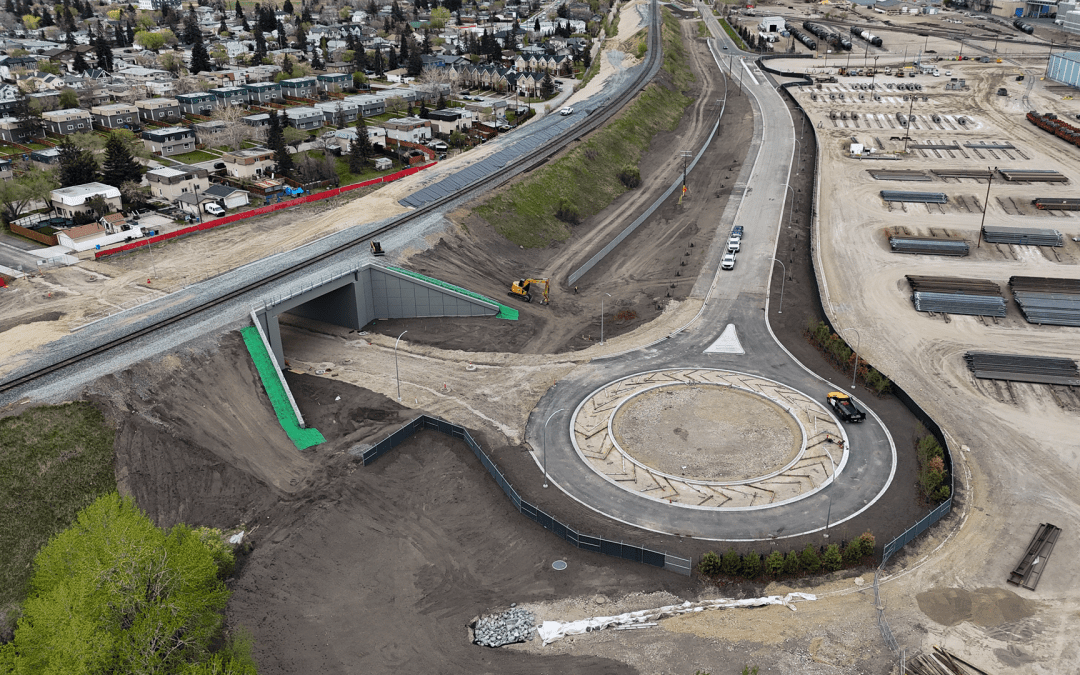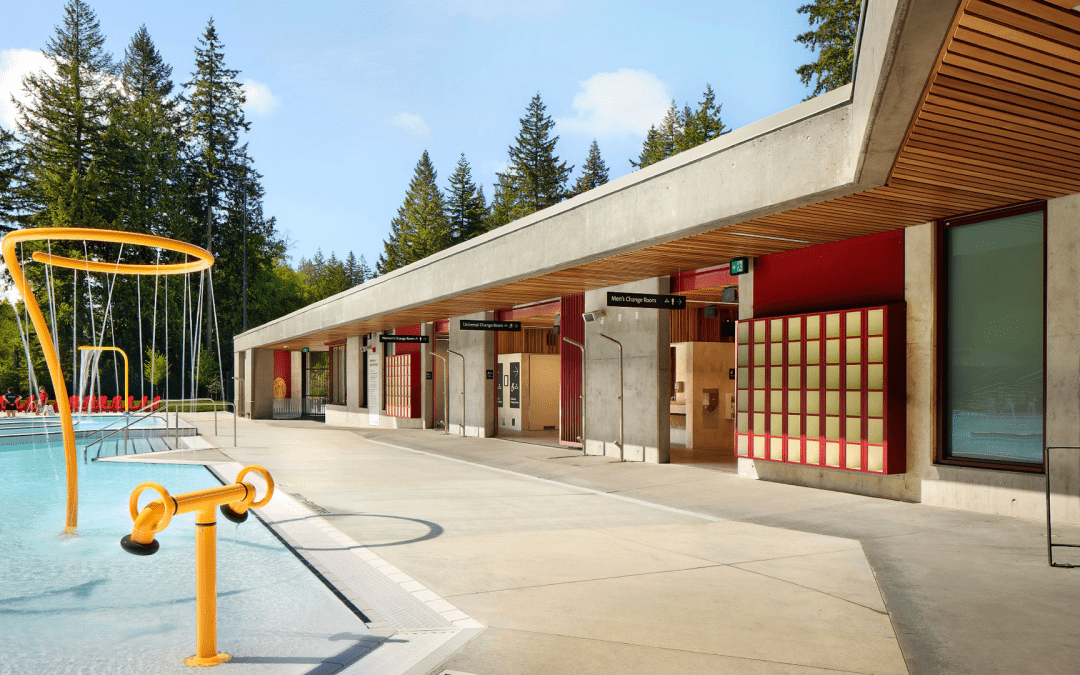There is currently an abundance of information in the capital project marketplace about new and emerging contract models. It may make selecting the right model for your upcoming project a challenge. Graham is therefore offering some guidance to help you determine the appropriate contracting model.
The Integrated Project Delivery (IPD) model creates a strong collaborative culture by bringing together all the components and participants of a construction project to optimize project results. It integrates a strong Lean Construction approach to deliver an increased value to the project owner. IPD uses a multi-party contract that includes the Owner, the Primary Designer, the Construction Manager, and often some of the major trade contractors. The single contract includes only one contingency, places the combined profit of all parties at risk, and provides shared savings if the Project is delivered under budget.
This model has a more extensive history in the US, but is gaining ground in Canada, especially on projects where a high degree of end-user input is required in the development of the design. Examples are hospitals, post-secondary institutions, community sports complexes, courthouses, and so forth. The design collaboration includes an on-going ‘big room’ approach where the team works jointly through each piece of the design. Through the execution, the project is managed as a network of commitments, as each team member has ‘skin in the game’. By removing traditional silos, a greater degree of collaboration is achieved that focuses on the overall project outcome rather than individual firm performance.
The Alliance model has extensive use in Australia and the United Kingdom, especially for large infrastructure work, and its use is growing in Canada. It is similar to IPD but takes the collaboration a step further by adopting a ‘no blame culture’ where an agreement not to litigate with other parties within the Alliance is part of the contract. The approach uses much of what IPD offers but does not include a ‘big room’ collaboration. And often, each team’s project overheads become part of the shared risk pool, not just the fee portion. An Alliance is best suited for larger and more complex projects with considerable risks, or risks that are undefinable at the time of procurement.
Progressive Design-Build (PDB) is an optimization of the more traditional Design-Build approach. It can achieve the same risk distribution as the traditional form, however with PDB, the design-build contractor is engaged early in the life of the project – in many cases before the design has started development. The design-builder is primarily selected on the basis of qualifications, and not price. Furthermore, the design-builder delivers the project in two phases: phase 1 includes pre-construction services including progressive project cost estimating, design (either partial or complete), and the negotiation of a firm contract price; phase 2 includes the final design (if not completed under phase 1), construction, and commissioning. During the phase 1, the project team develops much, or all, of the design collaboratively with the design-builder providing on-going transparent cost estimates and schedules thereby ensuring that the Owner’s requirements are met. Competitive pricing can be maintained in a multitude of ways, which ensures highest value is delivered to the project.
The PDB model is well-suited to large and complex infrastructure and institutional projects where knowledgeable clients have an understanding of their required project outcomes. Graham is currently working on two hospitals in northern British Columbia under the PBD model, as well as the first phase of a large retrofit of a potable water treatment plant in Saskatchewan for the Buffalo Pound Water Corporation (Canada’s first PDB in the water sector).
Construction Management (CM) with Design-Assist has been part of the commercial construction sector for decades, but is relatively new for large infrastructure projects. Like the collaborative models discussed above, this approach creates integrated teams that solve project challenges by collaborating and innovating on a day-to-day basis. The design-assist process is a part of the Construction Management agreement and gains its strength through an engaging pre-construction process. There, on-going participation in the design development by the Construction Manager provides continual budget, schedule and constructability information that delivers the final design and cost. The Construction Manager can be brought on to the team at any time during the development of the project, but the greatest benefit is derived when this happens as early as possible so significant decisions can benefit from the involvement of their construction expertise.
 Design-Assist was an integral part of Canada’s first diverging diamond interchange that Graham constructed for the City of Calgary at Macleod Trail and 162nd Avenue Southeast. The Owner and Design team knew what was required for a final interchange configuration but used Design-Assist procurement to tender the project through a Request for Proposals when the design was 60% completed. Graham was selected as the contractor, and joined the team to optimize the sequence of constructing & staging of temporary works and traffic management, in order to have the lowest negative impact on the travelling public. The project was an overwhelming success thanks to the collaboration of the Owner, Designer, and Contractor.
Design-Assist was an integral part of Canada’s first diverging diamond interchange that Graham constructed for the City of Calgary at Macleod Trail and 162nd Avenue Southeast. The Owner and Design team knew what was required for a final interchange configuration but used Design-Assist procurement to tender the project through a Request for Proposals when the design was 60% completed. Graham was selected as the contractor, and joined the team to optimize the sequence of constructing & staging of temporary works and traffic management, in order to have the lowest negative impact on the travelling public. The project was an overwhelming success thanks to the collaboration of the Owner, Designer, and Contractor.
There are a range of ways to procure and deliver your project, and each will have benefits and drawbacks that need to be fully considered. Finding the right model is a critical step in ensuring that the highest value is achieved. Graham is focused on providing “Best for Project” solutions that optimize the greatest value to our clients. To learn more about different emerging contract models, and what may work best for your next project, please contact us.


